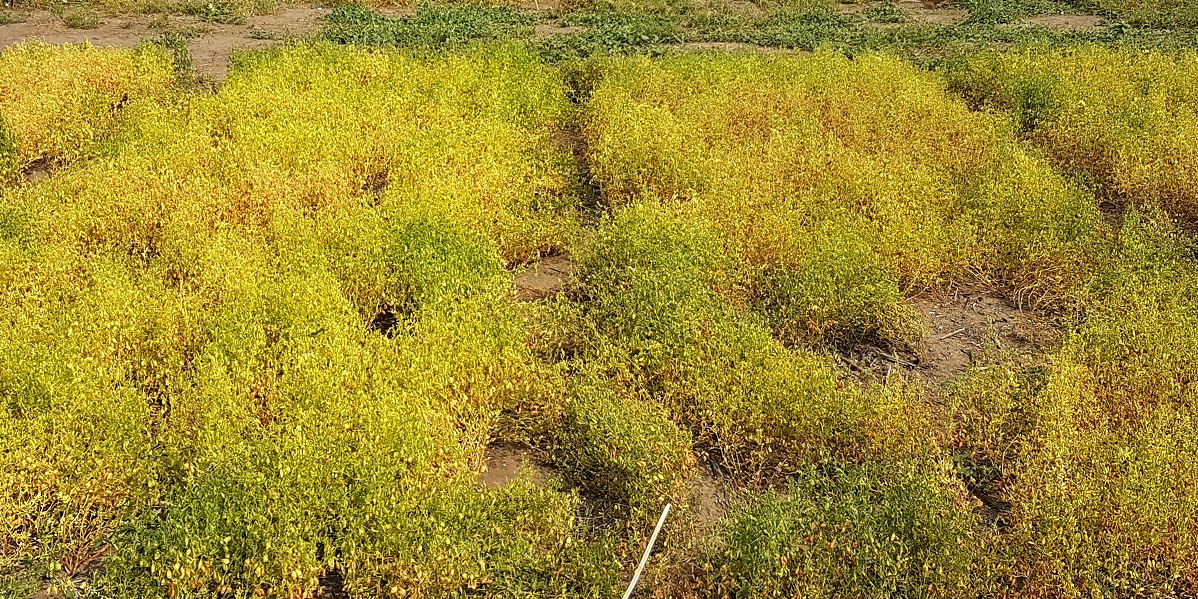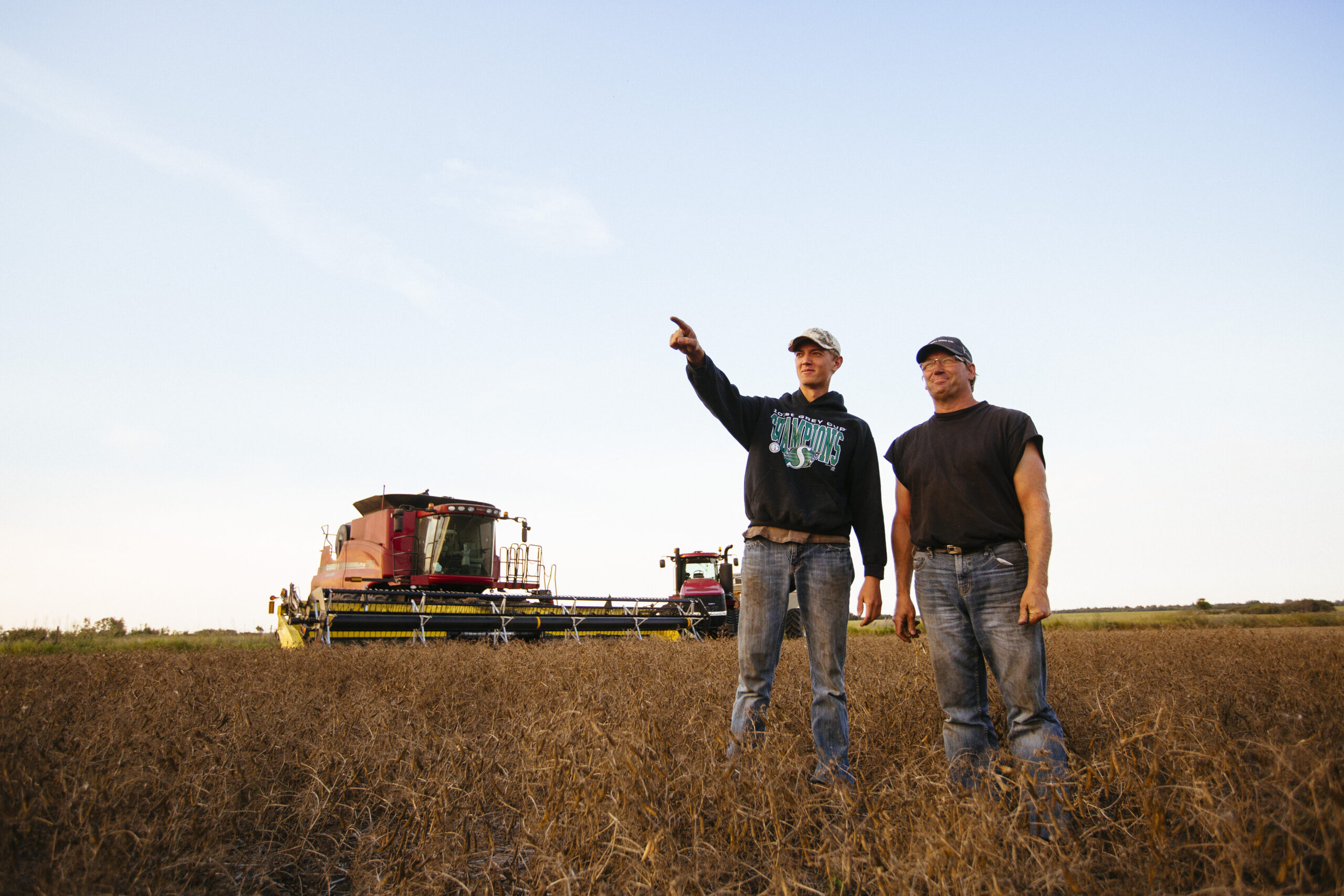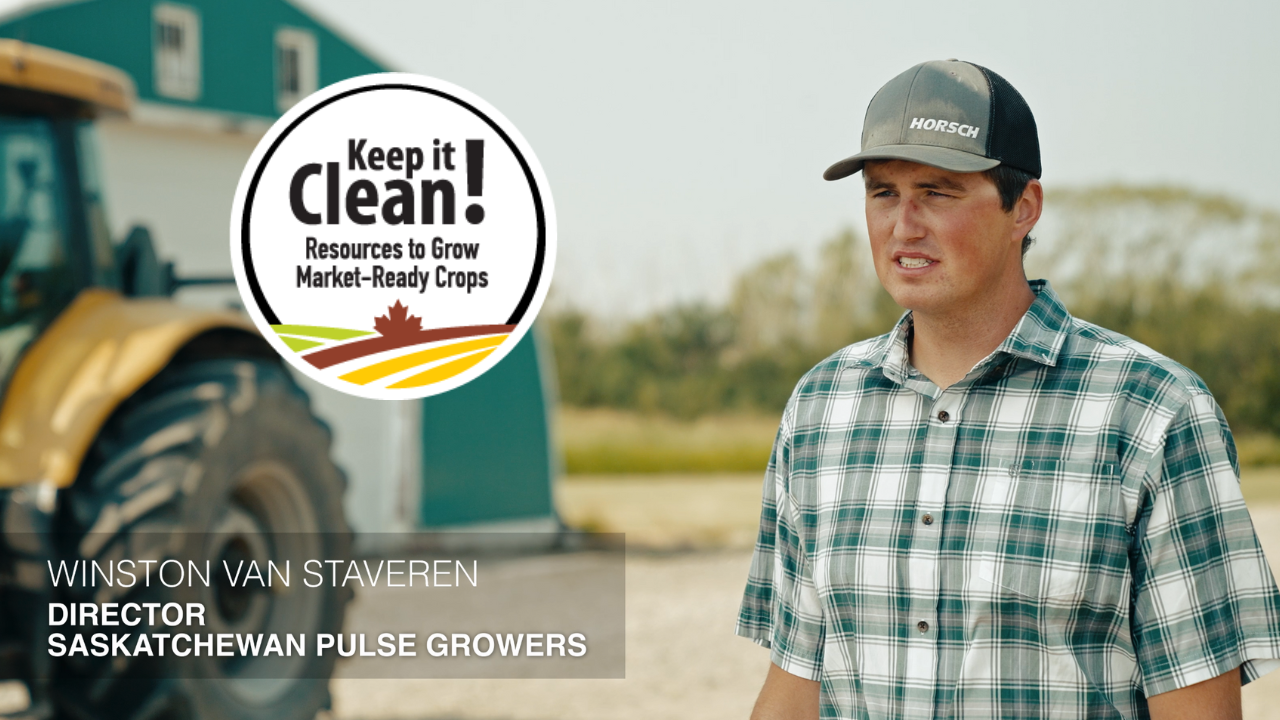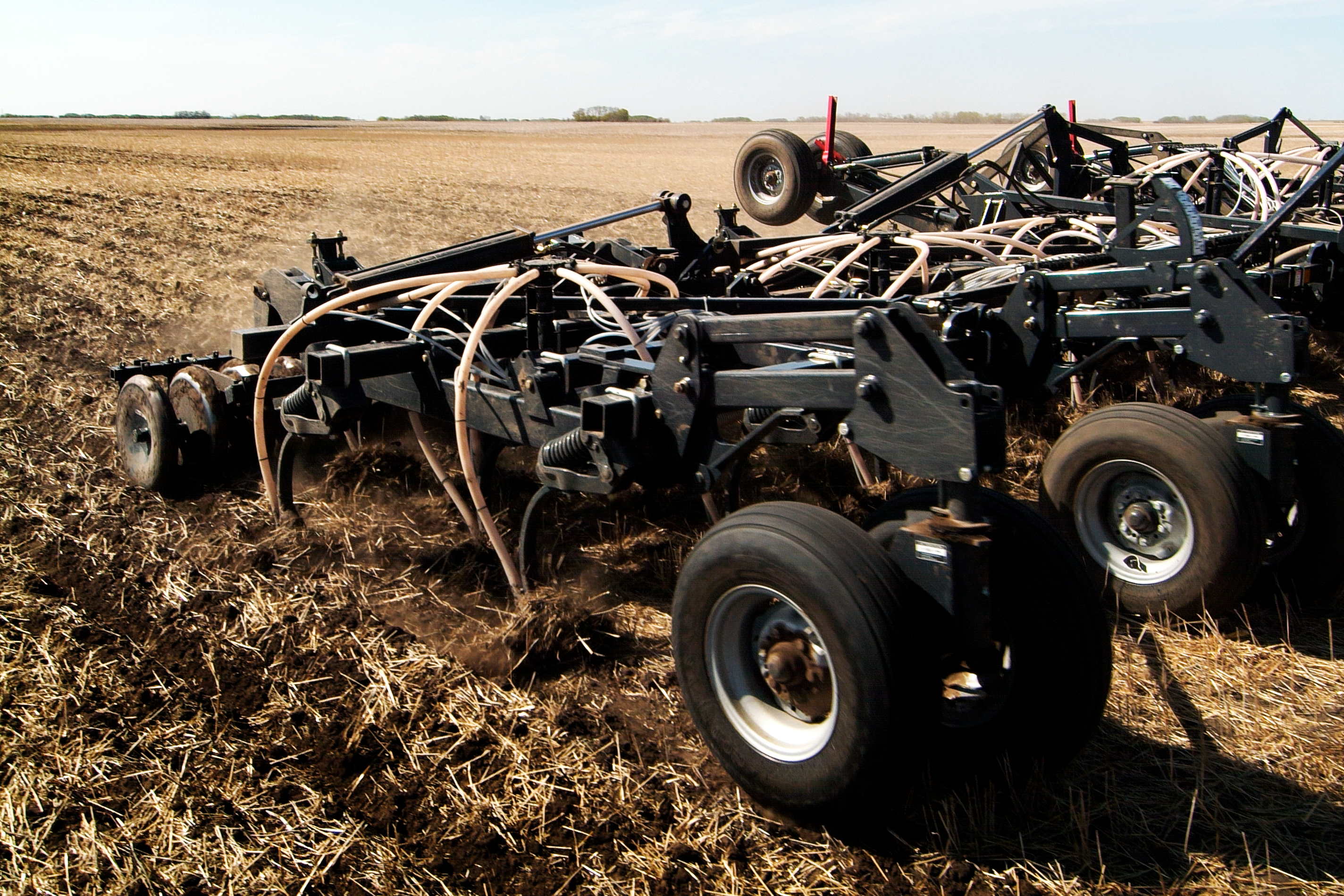By Delaney Seiferling
Glyphosate will be an important crop management tool for pulse farmers again this growing season, but experts are reminding farmers to be cautious when using this product for pre-harvest weed control.
This is especially important as markets around the world are testing more frequently for residue levels for this and other chemicals, says Greg Bartley, Pulse Canada’s Director of Crop Protection & Crop Quality.
“Testing is becoming more readily available and much cheaper and easy to do,” he says. “As a result, we are seeing more countries start to test.”
Maximum residue levels (MRLs) for glyphosate in pulse crops vary throughout the world, and are lower in several Canadian export markets than in Canada.
The fact that there is no globally-accepted limit, and that limits keep changing, adds to the risk for Canadian farmers, Bartley says.
Another looming risk is that some markets are saying no to crops that have been treated with glyphosate altogether, due to consumer demand.
“We know that glyphosate is highly scrutinized in the global marketplace,” Bartley says. “When you see market demand say no to a product that is a totally different scenario.”
Last year, the majority of the dry bean industry stopped buying crop treated with glyphosate, largely due to restrictions from the European Union, Bartley says.
“This is a concern for sure. Once that ball gets rolling it is hard to turn it back the other direction – there is potential that other countries, markets will follow that trend.”
However, farmers are not being advised to cut out glyphosate altogether, Bartley says. Instead, it is just more important than ever to use the product correctly. This means only using it for pre-harvest weed control, not as a desiccant.
Furthermore, following label instructions and applying it at the correct time – when the whole field, or all parts of the field are below a 30% moisture level – is critically important.
“One of the greatest challenges is applying it at the 30% moisture stage,” Bartley says. “We cannot easily test for 30% moisture so farmers are left relying on visual characteristics of the plant to provide a best guess.”
To help with this, Saskatchewan Pulse Growers has developed tools for farmers to help assess the correct times for glyphosate application.
These tools include visual aids to help determine what 30% looks like in peas, lentils, chickpeas, dry beans, and faba beans.





Farmers are reminded to:
- Only apply glyphosate with a pre-harvest interval of at least seven days
- Never begin harvest earlier than recommended
- Always read product labels thoroughly before using any on-crop products
- ALWAYS discuss marketing plans with their buyer before using any products on their crops
More specific instructions on the use of glyphosate and all crop products can be found at keepingitclean.ca.
Published June 2020



